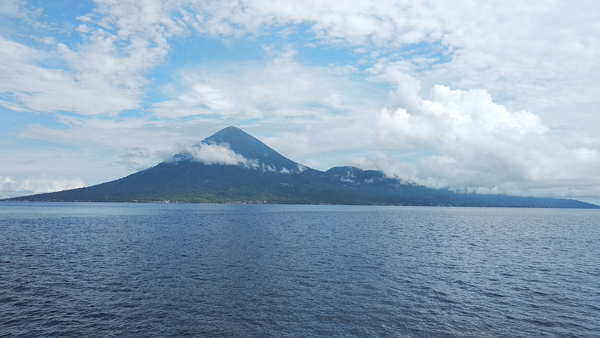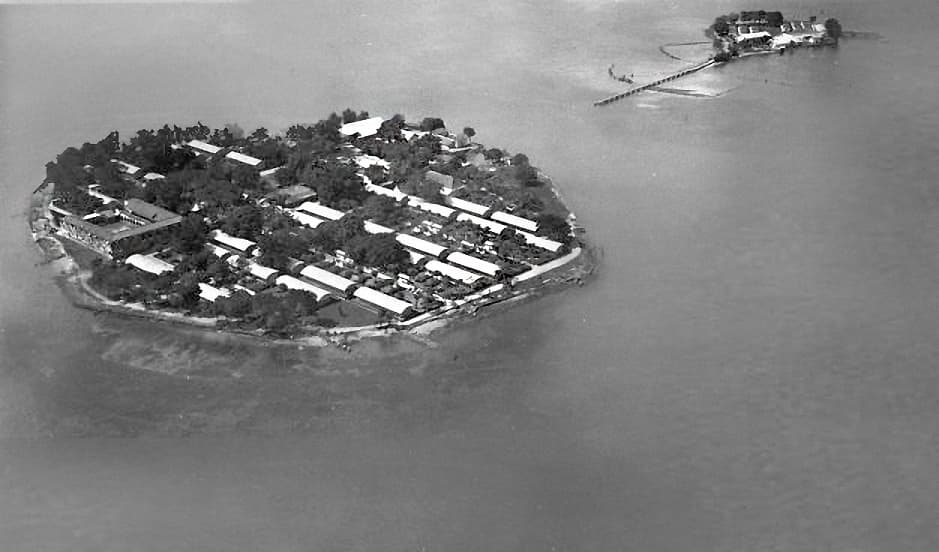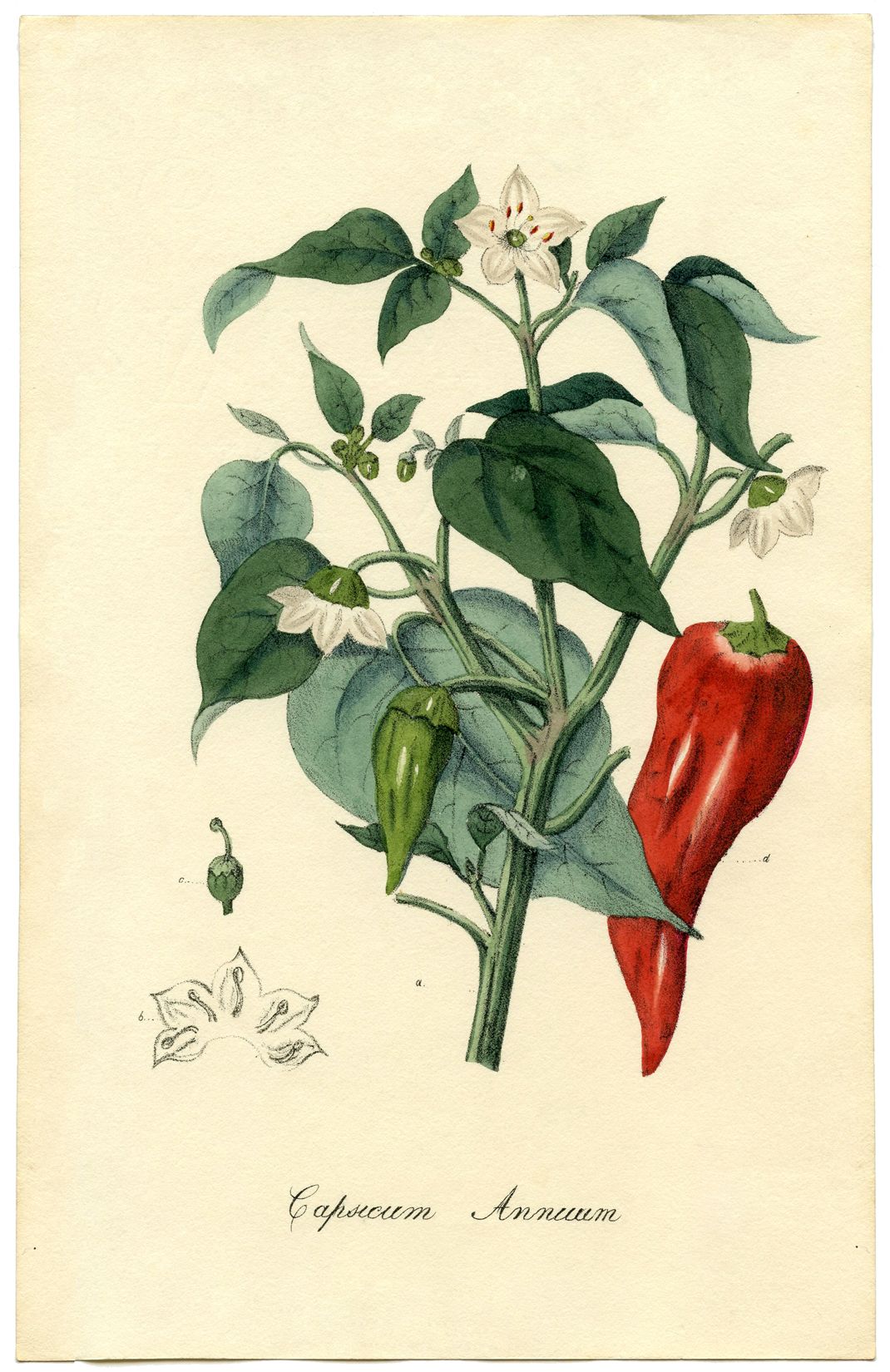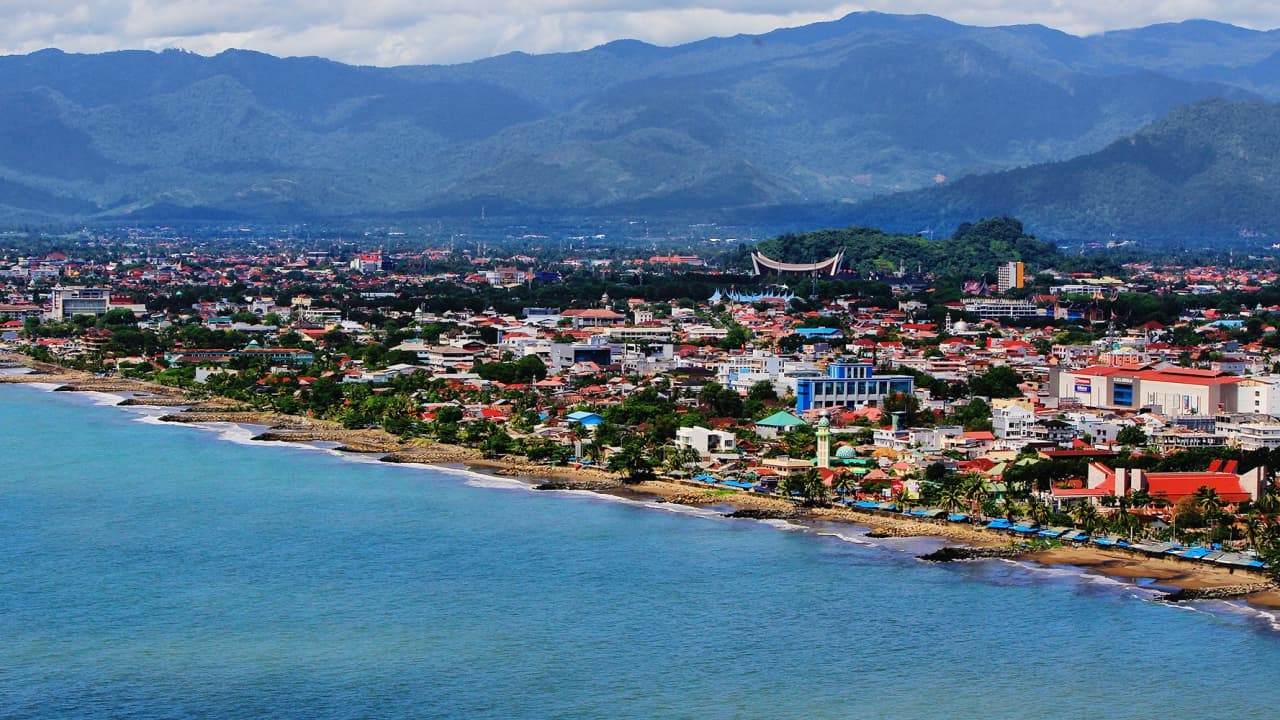
Tidore Island was one of the leading clove producers among the five small islands—Ternate, Tidore, Moti, Makian, and Bacan—west of Halmahera Island. Tidore has a larger area with 1.150 km2 compared to its twin Ternate. An old volcano with 1.730 masl named Kie Matubu dominated Tidore.
Similar to Bandanese, the people of Tidore also depended on the food materials imported from other islands. They assumed that they could fulfill other food material needs if they managed to sell cloves, thus focusing on growing this plant.
Even though Tidore played a significant role as a clove producer in the world’s spice trade, clove cultivation just started in the first quarter of the 16th century. At the time, there was no port in Tidore. However, Tidore managed to produce 2884 tonnes of cloves every year. Not long before the Portuguese came, the ruler of Tidore moved the capital to the coast, for the coastal route was linked to the streaking of trade income.
Under the reign of Sultan Al Mansur, Mareku became the capital and the center of power. For the people of Tidore, the city had dignity as a source of the sultan’s activities and the center of sacred place. The spice production and the advancement of trade were rooted in a strong Islam religion, leading Tidore into the main clove center in Maluku.
By dint of the fertile cloves in Tidore Island, Bandanese frequently came to Mareku to trade Gujarati fabric for cloves. Tidore traders also helped the Bandanese traders get the clove stocks. History recorded that Bandanese used their stocks to trade with traders from Persian Bay and the Coast of Arabia in the 14th century.
The glory of Tidore fell apart when Sultan Al Mansur allied with the Spanish to establish a market for the benefit of commercial transactions. In 1521, Tidore, which was known as Tadore, allied in an exclusive trade with Spain. In the previous year, Tidore had become enemy with Ternate, which had allied with the Portuguese, and gave them a license to build a fortress.
We can see the historical heritage as the remaining trace of Spice Routes in Tidore Island. These cultural heritage sites are Tahoela Fortress, the Tomb of Sultan Nuku, Sultan Tidore Mosque, Tsjobbe Fortress, and Sultan Tidore Pier.
__________
Source:
Razif & M. Fauzi. 2017. Jalur Rempah dan Dinamika Masyarakat Adat Abad X-XVI: Kepulauan Banda, Jambi dan Pantai Utara Jawa. Direktorat Sejarah.
__________
Writer & Editor: Tiya Septiawati
Image: Sitanalarenny










